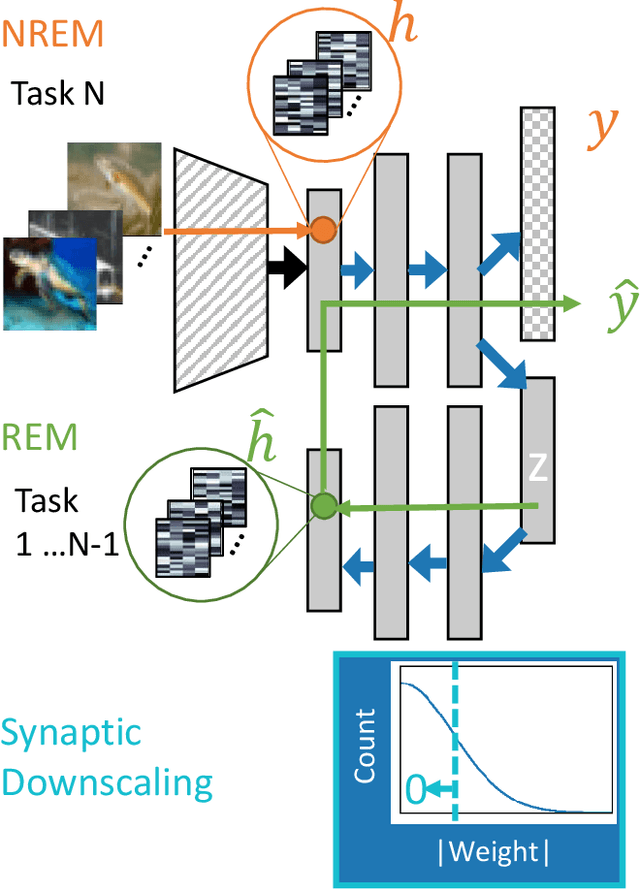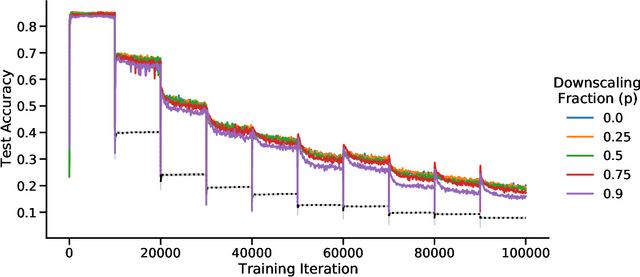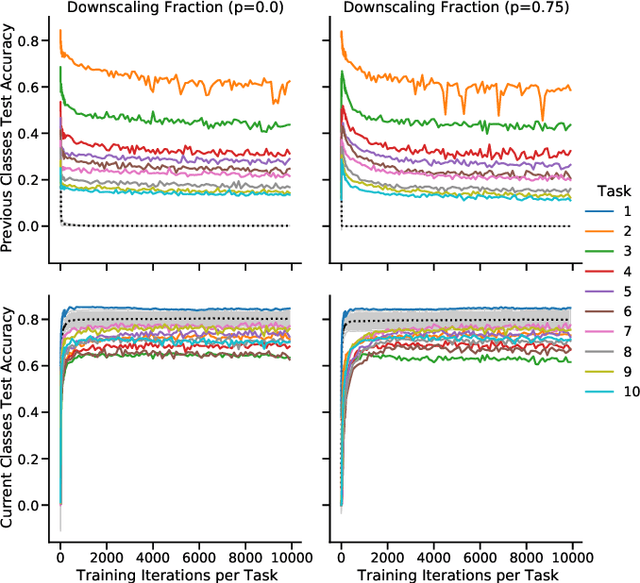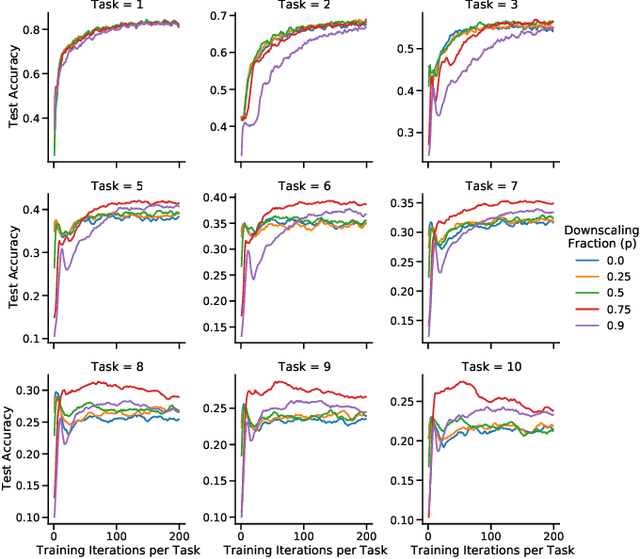Brian S. Robinson
Exploiting Large Neuroimaging Datasets to Create Connectome-Constrained Approaches for more Robust, Efficient, and Adaptable Artificial Intelligence
May 26, 2023Abstract:Despite the progress in deep learning networks, efficient learning at the edge (enabling adaptable, low-complexity machine learning solutions) remains a critical need for defense and commercial applications. We envision a pipeline to utilize large neuroimaging datasets, including maps of the brain which capture neuron and synapse connectivity, to improve machine learning approaches. We have pursued different approaches within this pipeline structure. First, as a demonstration of data-driven discovery, the team has developed a technique for discovery of repeated subcircuits, or motifs. These were incorporated into a neural architecture search approach to evolve network architectures. Second, we have conducted analysis of the heading direction circuit in the fruit fly, which performs fusion of visual and angular velocity features, to explore augmenting existing computational models with new insight. Our team discovered a novel pattern of connectivity, implemented a new model, and demonstrated sensor fusion on a robotic platform. Third, the team analyzed circuitry for memory formation in the fruit fly connectome, enabling the design of a novel generative replay approach. Finally, the team has begun analysis of connectivity in mammalian cortex to explore potential improvements to transformer networks. These constraints increased network robustness on the most challenging examples in the CIFAR-10-C computer vision robustness benchmark task, while reducing learnable attention parameters by over an order of magnitude. Taken together, these results demonstrate multiple potential approaches to utilize insight from neural systems for developing robust and efficient machine learning techniques.
Continual learning benefits from multiple sleep mechanisms: NREM, REM, and Synaptic Downscaling
Sep 09, 2022



Abstract:Learning new tasks and skills in succession without losing prior learning (i.e., catastrophic forgetting) is a computational challenge for both artificial and biological neural networks, yet artificial systems struggle to achieve parity with their biological analogues. Mammalian brains employ numerous neural operations in support of continual learning during sleep. These are ripe for artificial adaptation. Here, we investigate how modeling three distinct components of mammalian sleep together affects continual learning in artificial neural networks: (1) a veridical memory replay process observed during non-rapid eye movement (NREM) sleep; (2) a generative memory replay process linked to REM sleep; and (3) a synaptic downscaling process which has been proposed to tune signal-to-noise ratios and support neural upkeep. We find benefits from the inclusion of all three sleep components when evaluating performance on a continual learning CIFAR-100 image classification benchmark. Maximum accuracy improved during training and catastrophic forgetting was reduced during later tasks. While some catastrophic forgetting persisted over the course of network training, higher levels of synaptic downscaling lead to better retention of early tasks and further facilitated the recovery of early task accuracy during subsequent training. One key takeaway is that there is a trade-off at hand when considering the level of synaptic downscaling to use - more aggressive downscaling better protects early tasks, but less downscaling enhances the ability to learn new tasks. Intermediate levels can strike a balance with the highest overall accuracies during training. Overall, our results both provide insight into how to adapt sleep components to enhance artificial continual learning systems and highlight areas for future neuroscientific sleep research to further such systems.
 Add to Chrome
Add to Chrome Add to Firefox
Add to Firefox Add to Edge
Add to Edge